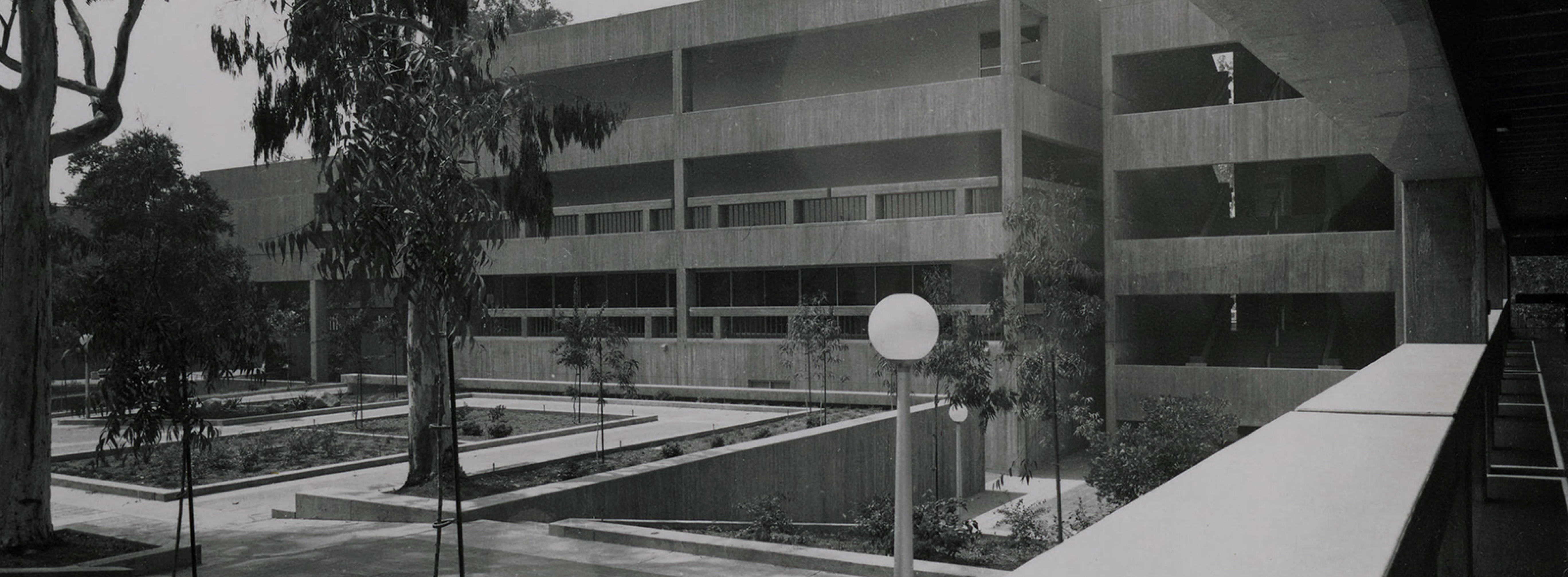
In the 1950s, CMC started a dual-degree program in management and engineering with Stanford
In December 1953, at the suggestion of trustee Herbert Hoover Jr. (former United States Assistant Secretary of State), the CMC faculty approved a joint five-year engineering-business administration program, leading to a BA from CMC in business administration and a BS in engineering from Stanford University.
One year later, CMC began a new program called management-engineering that allowed students to complete a management degree at CMC, as well as an engineering degree from Stanford University. In their first three years at CMC, students in this program completed all basic requirements for a CMC degree, with approximately a third of their work devoted to physics, chemistry, and mathematics.
It was this joint CMC-Stanford program that brought Leonard Dart to CMC in September 1954 as professor of physics and Freeman Bovard as professor of chemistry the following September. The development of a separate science program and the construction of the Baxter Science Center in 1955 underscored the arrival of science and pre-med majors at CMC. In 1957, CMC hired its first full-time mathematician, John Ferling, then completing his doctorate at the University of Southern California. By academic year 1963–64, majors were available in chemistry, physics, and mathematics. A biology major was introduced in academic year 1965–66.
The management-engineering program later came to be known as Economics & Engineering (E&E), otherwise known as the 3-2 program. This continues to be one of the most successful programs at CMC, allowing students to complete their engineering degree at the college or university of their choice.
At the conclusion of the five years, students are granted two degrees: a BA from CMC in Economics & Engineering and a BS degree in their chosen engineering field from the college or university they transferred to. For the past 20 years, nearly every student who completed the E&E requirements at CMC was admitted to a top-tier engineering school, including: Brown University, Columbia University, Cornell University, Harvey Mudd College, University of Southern California, and Washington University in St. Louis. Popular engineering majors include civil engineering, mechanical engineering, industrial engineering, operations research, computer engineering and computer science.

